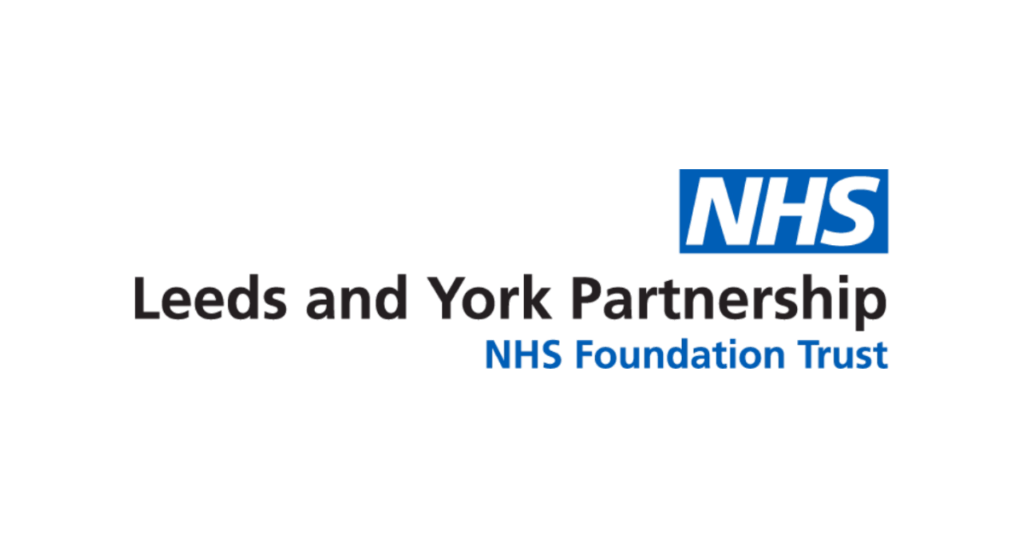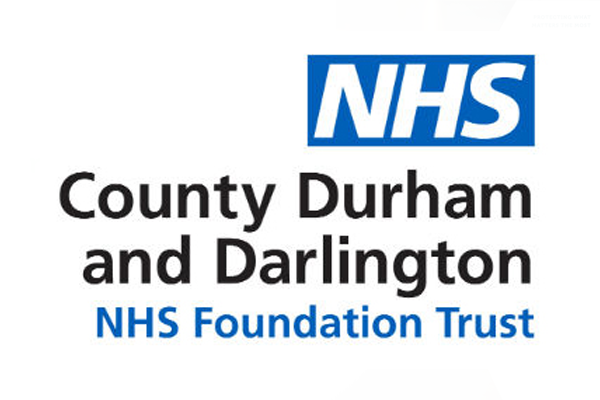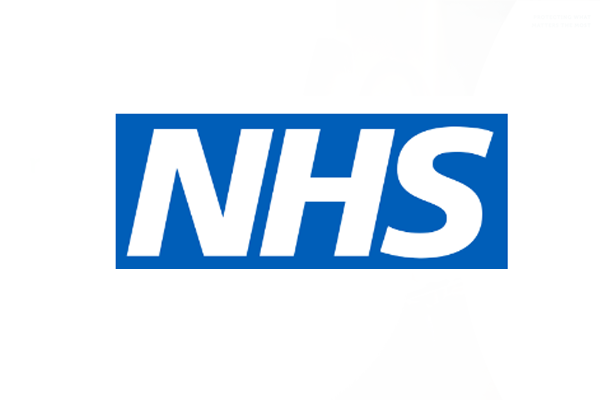
The customer
Formed in 2011, Leeds Community Healthcare NHS Trust (LCH) provides community healthcare services for the people of Leeds. Its 3,000 strong workforce includes nurses, therapists, pharmacists, non-registered and registered clinical staff, providing 60 different services from mental health services to speech therapy, police custody healthcare to school immunisations, physiotherapy to palliative and end of life care.
So many different services means there is a huge number of data requests moving through the trust every day, so it’s crucial that patient information is easy to find and access. Unfortunately, LCH was facing a number of challenges locating its information and so it turned to Restore Information Management for help.

“What we wanted to do was digitise everything. It soon became apparent we weren’t ready for that.”
– Rachael Nicholson, Information Governance Manager & Deputy Data Protection Officer
Like so many NHS trusts, LCH could see the benefits of digitisation. Unfortunately, the trust’s records just weren’t ready.
As a community healthcare trust, there was no centralised records management: records were created, accessed, updated and amended by each individual service. This had led to inconsistent information management; each service was appending different types and amounts of data to records.
In addition, the archive contained records that predated the creation of the trust, as well as data regulations such as GDPR and newer data like patient number structures.
As a result, the trust had 30,030 boxes filled with 162,237 files, but no-one was entirely sure what was in any of them.
In the words of Rachael Nicholson, the Information Governance Manager & Deputy Data Protection Officer for LCH, “We didn’t know what we didn’t know.”
This created a potential for negative impact on care delivery. And, with so many requests for information passing through the trust every day, including Subject Access Requests, an inability to find records could mean a request went unfulfilled. This would put the trust at risk of regulatory noncompliance.
“We’d then be liable for that individual to complain to the Information Commissioner’s Office and we’d potentially be at risk of a fine. And we can’t afford a hefty fine. It would come out of the budgets for other things.”
– Rachael Nicholson, Information Governance Manager & Deputy Data Protection Officer
To complicate things further, we had inherited from the trust’s previous storage supplier not one, but five separate accounts. With 14 services spread across five accounts, it was even less clear what records LCH were storing.

The first and most important thing to do was establish what was in the trust’s inventory and make it easier for the services to find the information they needed.
So we reviewed the contents of each record, assessed the account structures, and mapped everything to what the trust looks like today.
We analysed the data gaps and imported the relevant data to make the records easy to find again, as well as establishing a standardised data requirement for any new records.
Then we could streamline everything into a single account and set the trust’s services up on a single management portal. As any change can impact patient care, we rolled out the portal to one service at a time to minimise any potential disruption.
It wasn’t all plain sailing. Some of the first users of our portal weren’t sure about it.
“Some of the staff have been with us since PCT days. And this was another new system to learn, and some of it wasn’t welcomed.”
– Rachael Nicholson, Information Governance Manager & Deputy Data Protection Officer
A huge part of a successful project is the buy-in from the people you depend on to actually execute it. So we ran a focus group where they could give us direct feedback. This helped us make a few tweaks to the portal that made a big difference, as well as delivering some extra training to help the teams better understand the new systems they were being asked to use.

Leeds Community Healthcare NHS Trust wasn’t sure what was in its records library. But now the project is finished, it’s much easier for anyone working within the trust to search for (and find) the information they need.
This means fulfilling data requests, including Subject Access Requests, is quicker, easier, with much more certainty that those requests are complete. The risk of regulatory noncompliance is far less now the trust knows what’s in its inventory.
And analysis of that inventory identified over 60,000 files the trust no longer needs to store. Our secure destruction plan will reduce LCH’s storage costs and help the trust better fulfill its obligations under GDPR.
With the trust’s inventory in order, its now in a position to take advantage of our Scan on Demand service, which will allow services to request same-day scans of records and help the trust work towards its digitisation goals as well as its Net Zero by 2045 commitment.

Consolidated 30,030 boxes containing 162,237 files
Reduced inventory by over 800 boxes and 60,000 files
Streamlined five separate accounts into one
“We don’t have a records management team, so I rely on Restore Information Management. I will always praise our account manager Claire because I think she’s amazing. She worked so closely with us to break down what we needed to do and when, and I’m really proud of the work we’ve done together. I’m excited for the next steps!”
– Rachael Nicholson, Information Governance Manager & Deputy Data Protection Officer



